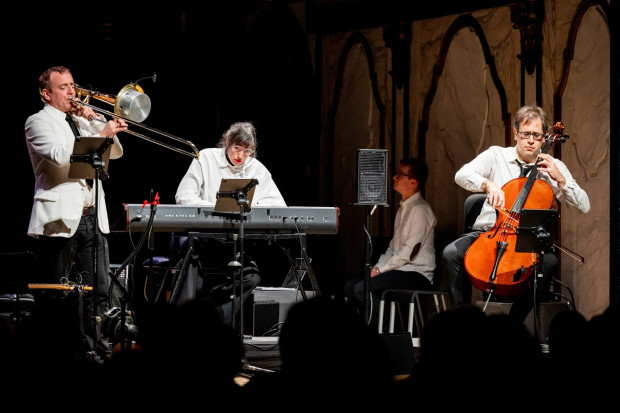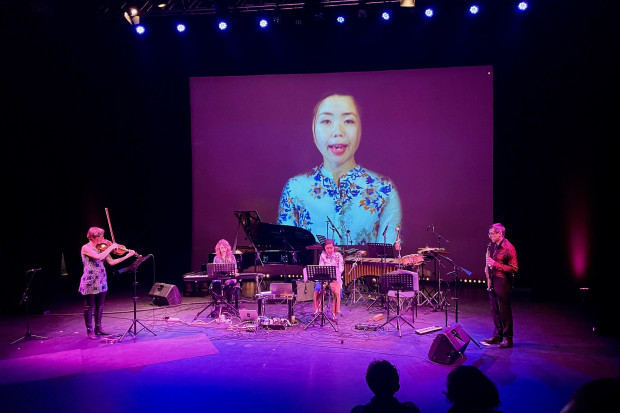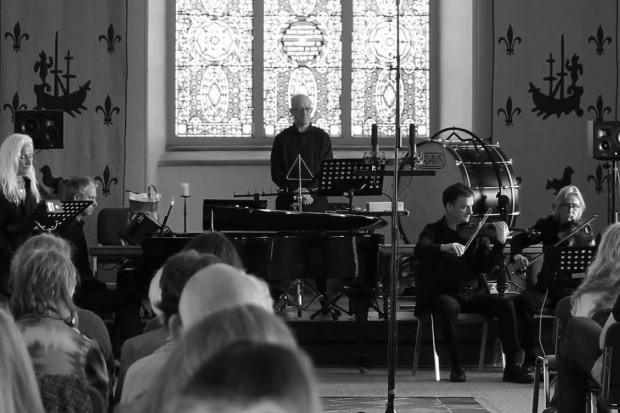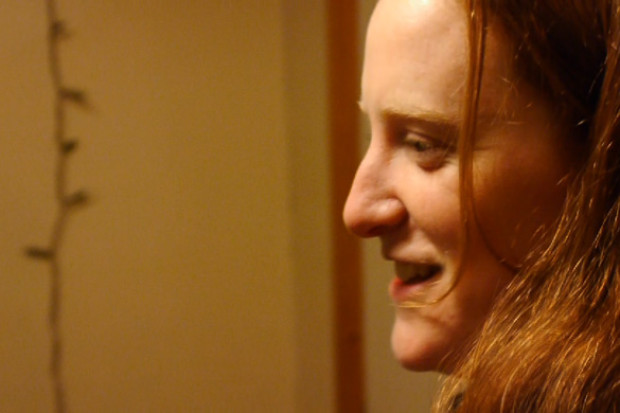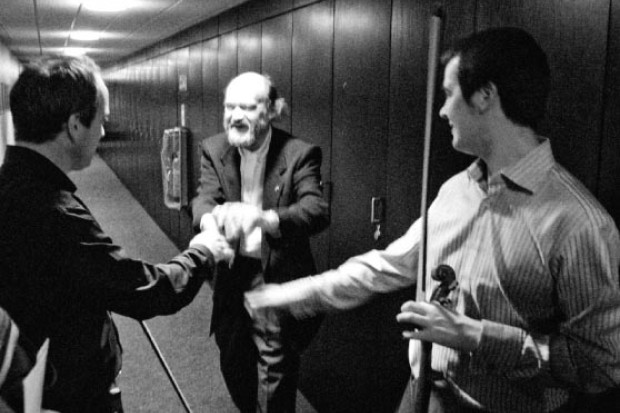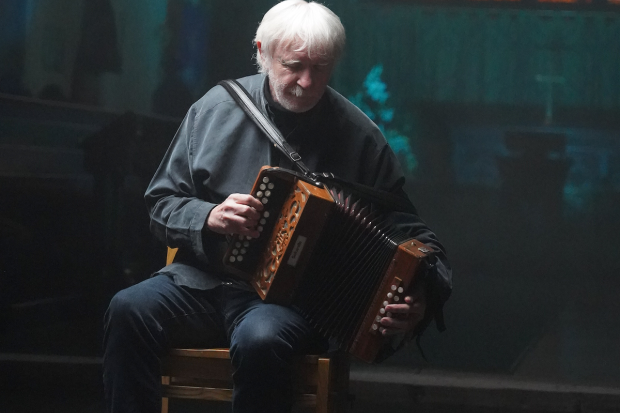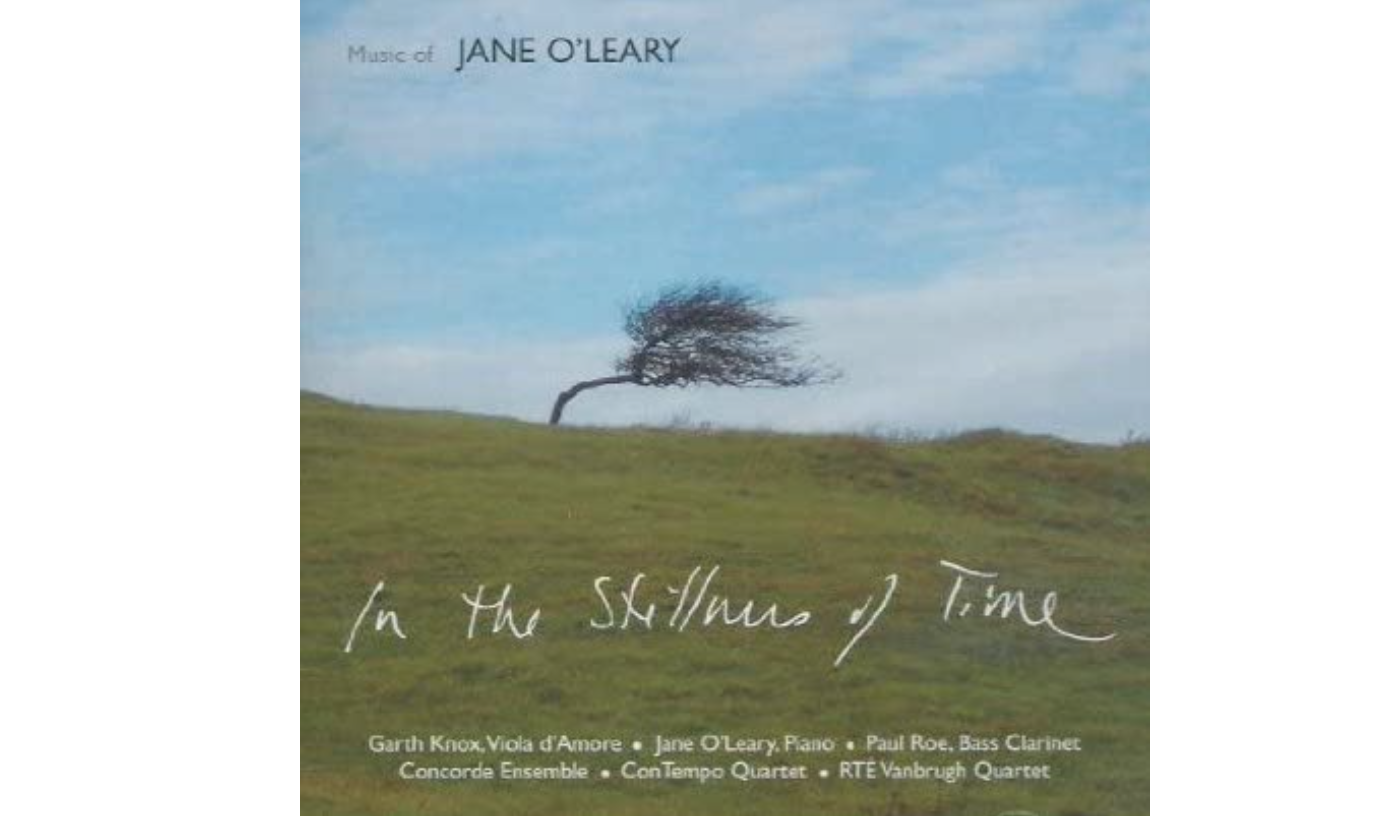
CD Review: Jane O'Leary – In the Stillness of Time
A much overdue portrait of Jane O’Leary on disc takes an over-the-shoulder look at work composed during the last decade for a range of chamber-sized combinations, all of which the composer volunteers in an introductory note ‘communicates my passion for sound, beauty, resonance, musical shapes and textures, spaciousness and stillness’.
The album takes its title from O’Leary’s String Quartet No. 3. Written in 2004 for the RTÉ Vanbrugh Quartet, who play it here in a live performance in Wexford’s St Iberius Church from that same year, its five movements are self-contained elements that lock together to form a work of considerably larger scope, one that encompasses a number of characteristic O’Leary conundrums, not least that ‘spaciousness’ does not necessarily translate into scale and that the element of ‘stillness’ in her music often frames those moments when it seems to be at its most inwardly animated and intense.
O’Leary’s almost scientific fascination with what goes on beneath the surface of sound (a legacy, perhaps, of her studies with Milton Babbitt) finds concentrated expression in In the Stillness of Time, which brings a Haiku-like compression to bear on music that has been constructed as much as composed, each and all of its separate elements interconnected in an intensely crafted (for which, read virtually engineered) latticework of textural, tonal and timbral relationships. It’s a striking work.
The Vanbrugh reappear on the single-movement Mystic Play of Shadow, a response to hearing birdsong at twilight that takes its title from Walt Whitman and that twins and twists musical abstraction and pointillism to evocative effect. O’Leary appears twice on the disc, both times at the keyboard. In the Piano Quintet she uses the titular instrument to probe, prod and provoke the individual and intermingling string textures of the ConTempo Quartet, prompting them to action and responding to their internal dialogue and to the echoes and resonances revealed in the piano. If not quite circular, it’s certainly an alert, dynamically reciprocal piece that allows the listener to eavesdrop on the intimate interplay between all five instruments.
Pairing piano and 14-string viola d’amore (eloquently played by dedicatee Garth Knox), Why the Hill Sings is a different proposition altogether, albeit one that continues O’Leary’s fascination with the literal resonance of bowed, plucked and hammered strings. Here the musical iris is focused more tightly, the resulting pinprick of light serving to illuminate a world of layered complexities.
Shorter it may be, but a piacre…, for solo bass clarinet (Paul Roe), is a considerably more expansive work. Imbued with an almost improvisatory freedom, it ranges across the instrument’s expressive range to surprise with its breadth and depth.
And in Samuel Beckett’s poem something there, O’Leary finds a sufficiently enigmatic text to elicit a correspondingly knotty composition (played with fierce, occasionally fevered, conviction by the composer’s own ensemble, Concorde) that does not easily yield up its secrets – and is all the more satisfying for it.
Published on 1 January 2008
Michael Quinn is a freelance music and theatre journalist based in Co. Down.












